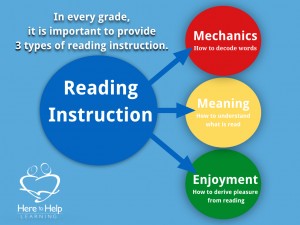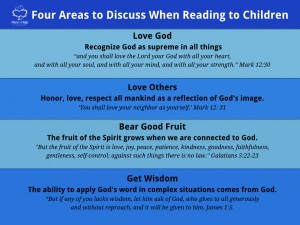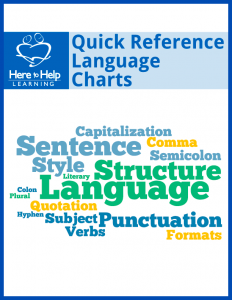 In the days of younger years, cozy next to my child on our overstuffed worn chair there was a magical moment when letters became words and words became meaningful. “I can read!” joyfully echoed through our home. The door to a new world opened like the wardrobe to Narnia. As a homeschool mom, happy tears flowed as I watched the excitement. I felt so blessed to be present at each of my child’s special moment. The sparkle in their eyes gave way to igniting the fire to read more. I wanted more than anything to keep the reading fire in their eyes!
In the days of younger years, cozy next to my child on our overstuffed worn chair there was a magical moment when letters became words and words became meaningful. “I can read!” joyfully echoed through our home. The door to a new world opened like the wardrobe to Narnia. As a homeschool mom, happy tears flowed as I watched the excitement. I felt so blessed to be present at each of my child’s special moment. The sparkle in their eyes gave way to igniting the fire to read more. I wanted more than anything to keep the reading fire in their eyes!
When you scientifically think about the skill of being able to read, it is nothing short of a miracle. It is a very complex skill. Over the years, I have learned it is important to provide three types of on-going reading instruction in every grade.
1.The Mechanics of Reading
2.Reading for Meaning
3.The Enjoyment of Reading
Teaching the Mechanics of Reading
The mechanics of reading is a like learning to ride a bike. Many skills must be taught for a smooth ride. First, the reader needs to be able to sit comfortably on the bike by learning to decode words. Include a blend of phonics and sight word instruction. Second, help your reader balance with grammar and punctuation instruction. Grammar and punctuation instruction isn’t only for learning how to write. It helps the reader understand the written language. Third, help them peddle faster with instructions in spelling and vocabulary. Include rich descriptive words as part of the instruction. And finally, help your reader increase speed with the skill of reading aloud with expression and the ability to locate information through skimming or speed reading. All of these skills are acquired through tedious practice…..practice…….and more practice. For struggling learners, it requires our due diligence as a teacher be a good detective and unlock the secrets of reading for our child. Continued instruction in the mechanics of reading yields confident readers.
Teaching How to Read for Meaning
Just because a child can decode letters into words or know all the rules of the written language does not mean they understand what they are reading. Teaching the meaning of what is being read involves two parts, comprehension and discernment. Both require spending time discussing what is read. I found the best way to teach reading comprehension was to have my child narrate or retell the story in their own words. Straight forward questions also helped. Questions like, “Where was the fox? and “Why was he hiding?” Later on, my children would write a summary of the story.
The next part of reading instruction is discernment training. Discernment means to be able to judge with a spiritual view in mind. Good books are an excellent way for your child to meet all types of people in all types of situations, in the safety of your own home. Reading aloud to your child, no matter what age is an excellent way to open conversations and wrestle with the deeper parts of the heart. For this part of reading instruction, I also choose books that are above the reader’s reading level. It helps prepare my child for the next level of reading.
“Teach me good discernment and knowledge, For I believe in Your commandments.” Psalm 119:66
Whatever book we read, I referred to four main areas of discernment. It provided a framework to have some great discussions as we wrestled with all the different character’s choices. These discussions helped shape a Christian worldview.
Love God:How do the characters of the story view God? How did it affect their life?
Love Others: Did the characters of the story have respect for God-given individuality? How did the character treat others?
Bear Good Fruit: What fruits of the Spirit were evident in the character’s life? Give examples.
Get Wisdom: What does God say about the situation the character is facing? What other cultural factors need to be identified?
Teaching the Enjoyment of Reading
Some students are born bookworms; others are not. With eight children, I have a good mix of both. Regardless of a child’s bent, the skill of reading for pleasure can be taught. A key factor is choosing books that are easy for the student. Example: If there are five words on the page that the student does not know, choose another book. I wished I learned this earlier in my homeschool career. I tended to push my kids to more difficult books. When I learned this little secret, it helped them to love to read.
Schedule time for pleasure reading-(Begin slowly, work up to one hour/day) UN-RUSHED TIME is a crucial factor. Limit ALL screen time and competing forms of entertainment. We visited the library often and I allowed choices in individual interests.
What a blessing to be able to nurture our children’s literacy! Providing instruction in each skill of reading in every grade will help our children be proficient in the skill of reading, and will help retain the reading fire in their eyes!
From Our Home To Yours,
 What are your thoughts?
What are your thoughts?














